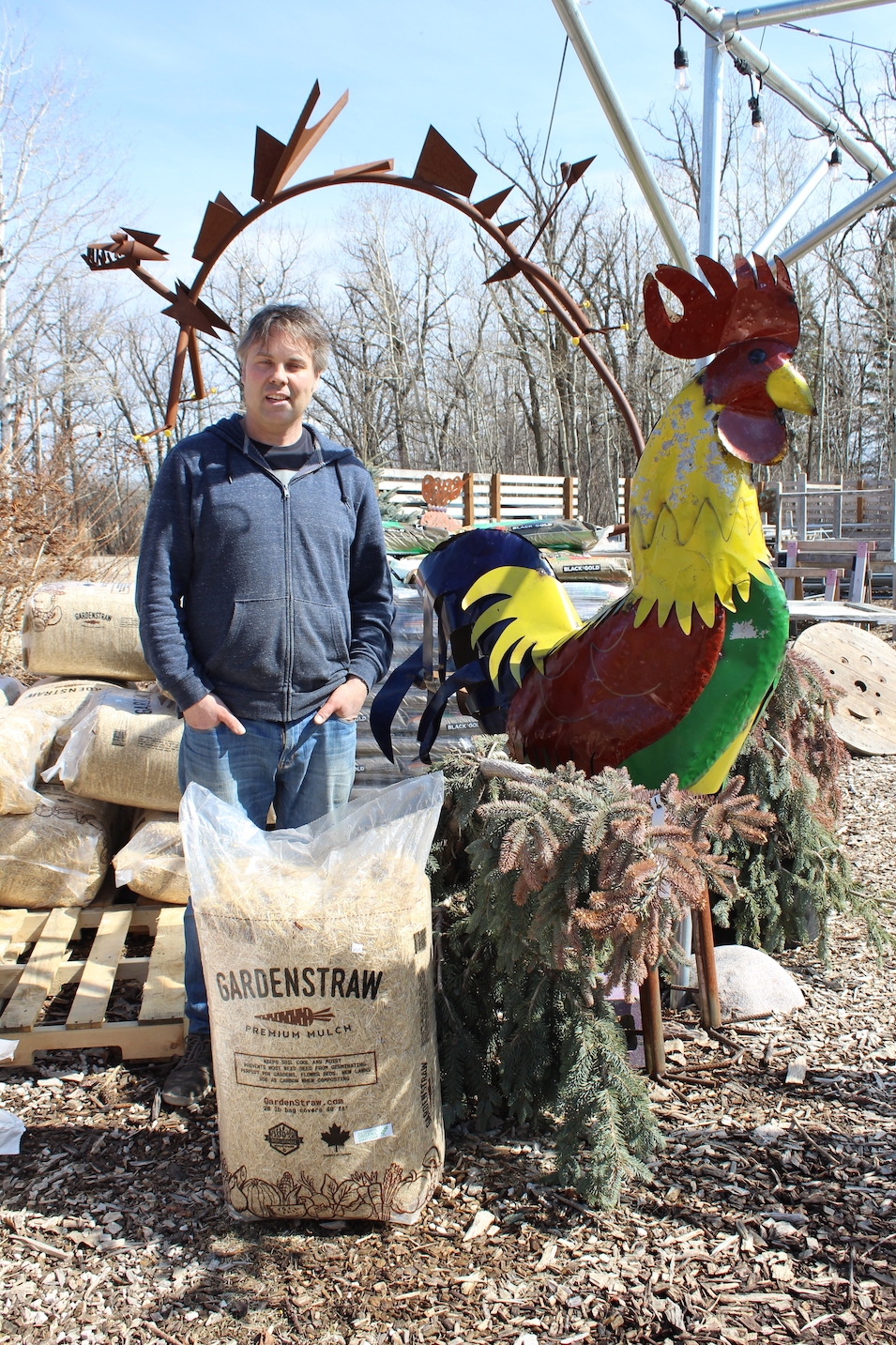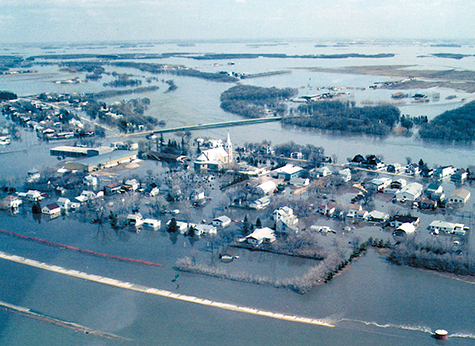
There’s no question that real estate in southeast Manitoba is booming. According to the Canadian Real Estate Association, 2017 will be no different. While some provinces are levelling off, Manitoba’s real estate sales are expected to climb by four percent.
There’s also a growing trend of families relocating from urban centres to rural communities. David Z. Morris, in an article entitled Why Millennials Are About to Leave Cities in Droves for Fortune.com, says, “As businesses and governments have struggled to understand the so-called millennials—born between roughly 1980 and 2000—one frequent conclusion has been that they have a unique love of cities. A deep-seated preference for night life and subways… But there’s mounting evidence that millennials’ love of cities was a passing fling that became a shotgun wedding thanks to the Great Recession.”
Morris adds that recent economic recessions has brought on poorer job prospects, declining wages, and higher student debt loans, making it unaffordable for many of them to own nicer homes in more affluent neighbourhoods.
Realtors here agree, and this is substantiated by recent census results showing significant increases in the southeast’s rural population.
“Overwhelmingly much of the feedback we get when selling homes in the area comes down to value,” says Wes Dowse of Sutton Group. “There is a lot of value to be found in [the rural] market. Homes typically cost less for more house in southern Manitoba. This is very visible when you compare new builds. Typically, a buyer gets a larger lot, a better view from their yard, more included features that they pay extra for in Winnipeg, and a more attractive product. The taxes are slightly less to boot. In addition, people do like the small-town atmosphere and community vibe, which is something that I speak to when introducing people to small-town life.”
Katie Knebel of Royal LePage Riverbend Realty adds that others are leaving to get away from the city’s noise pollution or as a result of positive references from friends who have made the move.
“I would say that the majority of buyers moving to [southeast communities] are from Winnipeg,” says Knebel. “However, we are seeing a lot more buyers being relocated from out of province for work in Winnipeg or surrounding areas. The out-of-province buyers are looking for a small-town feel. Somewhere safe to raise their families. They want to be close to work but don’t want to live in a large city.”
Winnipeg’s introduction of growth fees may fuel new homeowners’ desire to look outside the city. Beginning in May 2017, residential builders in new and emerging Winnipeg neighbourhoods will be required to attach growth fees to the cost of their homes.
“Winnipeg is implementing a $500 growth fee for every 100 square feet of a new-build home or a re-build home in Winnipeg,” says Knebel. “This money will go towards sewers, sidewalks, police stations, and community centres, to list a few examples. Winnipeg is saying property taxes are not enough to build all these needed neighbourhood essentials. To break it down, if you were building a moderate 1,500-square-foot home in Winnipeg, you would have an additional $7,500 in taxes to pay.”
Growth fees are not uncommon in cities across Canada. So far, rural communities are typically free of such fees, presumably because urban sprawl is not a concern here.




















